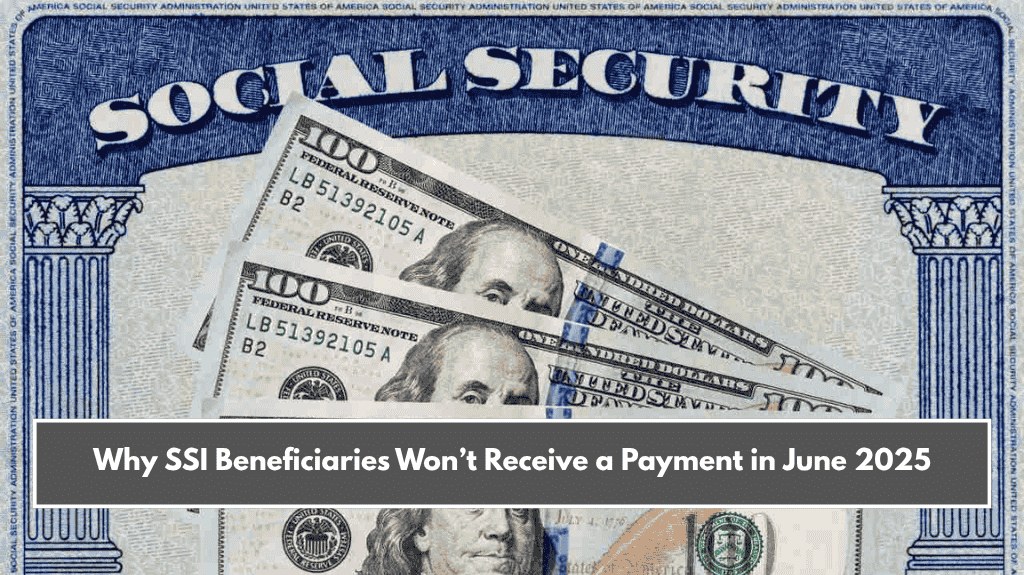If you’re married or divorced and nearing retirement, you may be missing out on important Social Security benefits. Many couples in the U.S. do not fully understand the spousal benefits available through the Social Security program, and that could lead to losing out on thousands of dollars in retirement income.
A 2024 survey by the Nationwide Retirement Institute found that many adults are unaware that Social Security can also support spouses and even ex-spouses. This article clears up the confusion and highlights three essential things every couple should know about spousal Social Security benefits.
1. Married Spouses Can Claim Social Security on Their Partner’s Record
Even if one spouse hasn’t worked or doesn’t qualify for Social Security based on their own work record, they can still get benefits. This is possible if their retired partner is already receiving Social Security, and:
- They have been married for at least 1 year
- The spouse is 62 or older, or caring for a child under 16 or a disabled child
- The retired partner is already receiving retirement benefits
In some cases, both partners may qualify for benefits on their own earnings record and as a spouse. In such cases, Social Security will automatically pay the higher amount—you don’t get both, just the one that benefits you more.

2. You Get More by Claiming at Full Retirement Age (FRA)
To receive the maximum spousal benefit, it’s best to claim it at your Full Retirement Age (FRA)—which is 67 for anyone born in 1960 or later. The maximum spousal benefit is 50% of the retired partner’s Primary Insurance Amount (PIA).
If you claim earlier than age 67, your benefit will be reduced. Here’s a look at what you’ll receive depending on your age:
| Claim Age | Spousal Benefit (% of Partner’s PIA) |
|---|---|
| 62 | 32.5% |
| 63 | 35% |
| 64 | 37.5% |
| 65 | 41.7% |
| 66 | 45.8% |
| 67 (FRA) | 50% |
One key point: spousal benefits do not increase if you delay past FRA. Only retired workers get delayed retirement credits. So, claim at FRA to get the full benefit—waiting longer doesn’t help.
Also, if you qualify for both spousal and retired-worker benefits, you will be given whichever is higher, but not both. When you apply, Social Security checks both and gives you the better one automatically.
3. Divorced Spouses Can Also Receive Benefits from an Ex-Partner’s Record
You don’t have to be married to get spousal benefits—divorced spouses may also qualify. Here’s what you need:
- You must be at least 62 or caring for a qualifying child
- You were married for at least 10 years
- You are unmarried now and have been divorced for at least 2 years
Even if your ex-spouse hasn’t claimed their own benefits, you can still collect based on their record. And don’t worry—they won’t be notified, and your benefit won’t reduce their amount.
However, if you get married again, you’ll lose the right to collect benefits based on your ex’s record. But your ex getting remarried won’t affect your benefit at all.
Understanding spousal and divorced spouse benefits under Social Security can make a big difference in your retirement income. Many people miss out simply because they don’t know they qualify.
Whether you’re married, divorced, or retired, it’s important to explore every benefit you’re entitled to. Talk to a Social Security expert or visit ssa.gov to learn more about your options.











